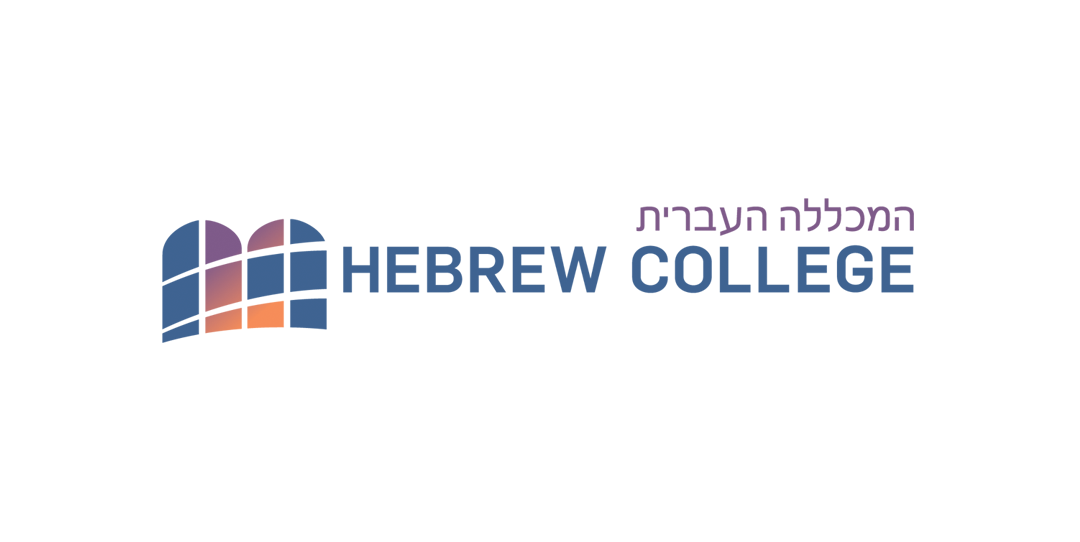Numbers In the Wilderness and the Wilderness Within

 Parashat Bamidbar (Numbers 1:1-4:20)
Parashat Bamidbar (Numbers 1:1-4:20)
Four books into the Torah and here we find ourselves mired in wilderness. This book, Sefer Bamidbar, though commonly known as the Book of Numbers, would more aptly be translated as In the Wilderness. It tells the story of a people stuck; stuck in existential uncertainty, stuck in mundane nametaking, stuck in adolescent rebellion. Stuck…in the wilderness. A generation of Israelites will perish here. Moses will seal his fate with the slap of a stick. Miriam will be cast out and no sooner be healed. If in Exodus/Shemot we transition from a family to a people and in Leviticus/Vayikra we welcome the Divine to dwell in our midst, it’s in Bamidbar that we develop our proclivity as a people for wandering in the wilderness.
A trek that should have taken a matter of days, stretches out for forty years and we, committed readers of these ancient narratives, are left wondering what meaning to derive from this saga of desert wandering. Perhaps we should begin in the same place where the sages started, namely, with the title of the book. The first line of this week’s parashah reads “And the Holy One spoke to Moses in the Wilderness of Sinai…” Immediately, the rabbis home in on the particularity of this setting, asking “Why in the Wilderness of Sinai?”
Indeed, why in the wilderness?!
From this verse the sages taught that the Torah was given through three things: fire, water, and wilderness… Anyone who does not make themselves ownerless like the wilderness cannot acquire the wisdom and the Torah. That is why it specifies, “the wilderness of Sinai.” (Bamidbar Rabbah 1:7)
I love this midrash, even as I struggle to fully understand it. What exactly is the connection between making ourselves ownerless, hefker in Hebrew, and gaining access to wisdom and Torah? I had always understood the giving of Torah in the wilderness as an outgrowth of that seemingly inherent connection between our spiritual lives and the natural world. What better place for the reception of divine teaching than on a desert mountain top where the awe and majesty of creation have already stirred in us a sense of wonder? Yet, here, the midrash seems to instruct us, ‘don’t just be radically amazed by the wilderness, rather, become the wilderness yourselves.’ To learn Torah fully, to make it our own, means tapping into the parts of ourselves that remain rugged and mysterious, gloriously overgrown.
The notion of becoming ownerless both intrigues and allures. After all, we are laid claim to constantly; by friends and family, by our work and obligations, by technology and our own drive towards success. Far from a no-man’s land, we can often feel more like a piece of real estate in a hot market, being fought over and bid on by the competing forces in our lives. What a relief it would be to exist as some untouched backcountry. Just think of the insights that might be gained, the understandings that might surface were we to embody the tranquility and utter stillness of a desert landscape. Seen this way, the wilderness is no longer an obstacle standing in our way, but a model for living that, as the American naturalist John Muir once promised, offers us the “clearest way into the Universe.”
The Chassidic masters were drawn to this midrash and grasped onto its internalization of the wilderness metaphor. For the Sefat Emet, the late 19th Century mystic and rebbe of the Ger Chassidim, the notion of making one’s self ownerless was about quieting down the ego and a renunciation of our hyper-rational, critical lenses. To truly be like the midbar is to come into contact with Torah and be shaped by it, to bend ourselves to the will of the Transcendent. Encountering wisdom from the vantage point of the wilderness means relinquishing our role as subject and seeing what it feels like to be the wild and unmappable object.
It is likely no surprise that there are deep uninhabited places within each of us. Even before we’ve taken Psych 101, we know that there exist in us regions that are tangled and treacherous; hard to navigate, but rich with revelatory wisdom. The wilderness will provide the setting for the rest of our journey through the Torah. It is possible for us to read our desert wandering as the fulfillment of a curse; ‘Here’s what you get for doubting me, for letting your fear get the best of you.” Yet, our legacy as wilderness-walkers can also be seen as a gift. For we know now what it is to amble aimlessly, to come back to the same places again and again, to be stuck and then to get going. And we also know what it means to set our eyes on an untamed landscape, full of life and mystery, and to recognize ourselves in it. Then, to wander in.
Rabbi Jordan Braunig, Rab’14 was ordained at the Rabbinical School of Hebrew College in Newton, MA and is Director of the Initiative for Innovative Community Building at Tufts University Hillel.
Interested in a possible career in the rabbinate? Read Rabbi Dan Judson’s article “Jewish Lessons on Meaningful Work.“ Rabbi Judson is Dean of the Rabbinical School of Hebrew College. He has a PhD in Jewish history from Brandeis University.

